California wildfires have become worse as a number of unprecedented large fires rage through the state, driven by heat, dryness and winds. The fire season has become longer and more virulent, and experts have linked this first and foremost to climate change: resources for firefighting have been stretched to the limit and tens of thousands of people have had to flee their homes.
The biggest of the current fires, known as Sierra Inferno, has already burned across more than 100,000 hectares of the Sierra Nevada slopes with hundreds of houses and several small settlements being at risk. This fire has spread quickly in record hot and dry conditions, low humidity levels which according to the fire officials are explosive.
‘We are experiencing fire behavior that many of the veteran firefighters have never seen before,’ said Cal Fire Director John Richards. ”These fires’ intensity and speed are incomparable and have never been witnessed before,” he said.
The Sierra Inferno is one of the large fires that are ravaging the state and which are currently burning. In Southern California, the Coastal Blaze has affected Orange County where some luxurious homes have been evacuated while the Central Valley Fire has affected thousand of acres of farmland and crops as well as livestock.
These fires have been enormous and have occurred at the same time thus putting pressure on fire fighting resources, thus Governor Gavin Newsom has called for more federal support and deployment of National Guard in the evacuation process.
Climate scientists have said that the current fire season is a preview of what is to be expected in California as the world warms. ‘This is what is going to be normal in the future’ said Dr. Emily Chen a climate scientist at UC Berkeley. “Climate change has brought about increased temperatures, more frequent and severe droughts and changes in vegetation favour the occurrence of these mega-fires. ”
The increasing threat of wildfires has led to renewed concerns over forest and fire management practices as well as development in the fire-prone regions. Some people want more frequent and intense efforts at removing fuel build-up by mowing and burning while others demand tighter construction codes and prohibitions on construction in the fire-prone areas. The state has introduced new measures that demand the construction of new homes in high risk areas to be of fire resistant material but retrofitting of the structures is a major problem.
Wildfire affects the economy in the state and its effect has been made evident through the calamity. Besides, the firefighting costs and property loss, the fires have caused disruptions of power and business, and the poor quality of air that impacts the lives of millions of Californians. The problem is also present in the insurance business as some of the firms retreated from the risky areas or significantly increased the prices.
While California grapples with these immediate problems, it and other states are also seeking the best ways of reducing the threat of wildfires in a climate that is increasingly volatile. The state has adopted strict targets of emission of green house gases and the promotion of clean energy. But, as other scholars have pointed out, even if the global emissions of greenhouse gases were to cease today, the consequences of climate change will persists and alter California’s wildfire risk for decades.
People are affected not only the ones at the frontline when the fire breaks out. Due to the fires, much of the state has been covered with smoke resulting in dangerous levels of air pollution in the large cities. Authorities have raised concerns over the effects of the prolonged exposure to the effects of the wildfire smoke on people’s health especially the children, the elderly and other susceptible groups.
Now that California is experiencing pro-longed and more severe fires, the state is that being compelled to adapt in a number of ways. From redesigning the architectural structures to enhance the construction features to funding the new firefighting technology and early warning system, climate-induced wildfires are redesigning the future of the Golden State.
The current climate concerned is a good reminder that there is a need to continue to engage in the short-term measures needed to address the problem, as well as the long-term efforts that are required to put in place measures that will help communities adapt to the new climate conditions.
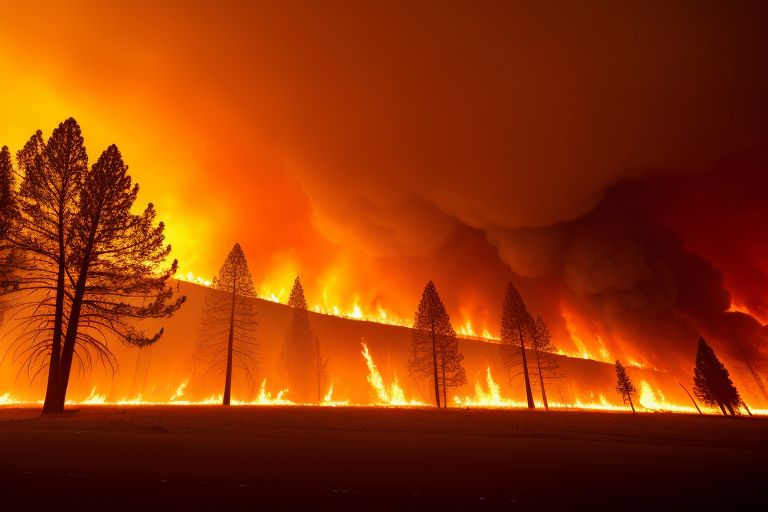

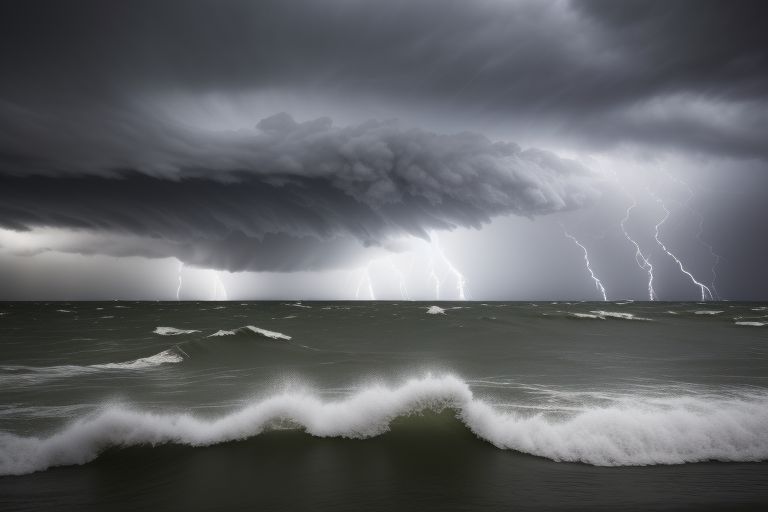
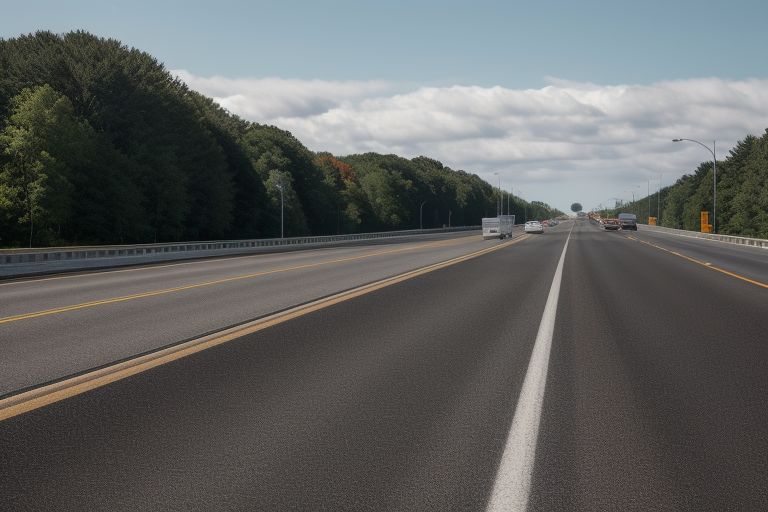

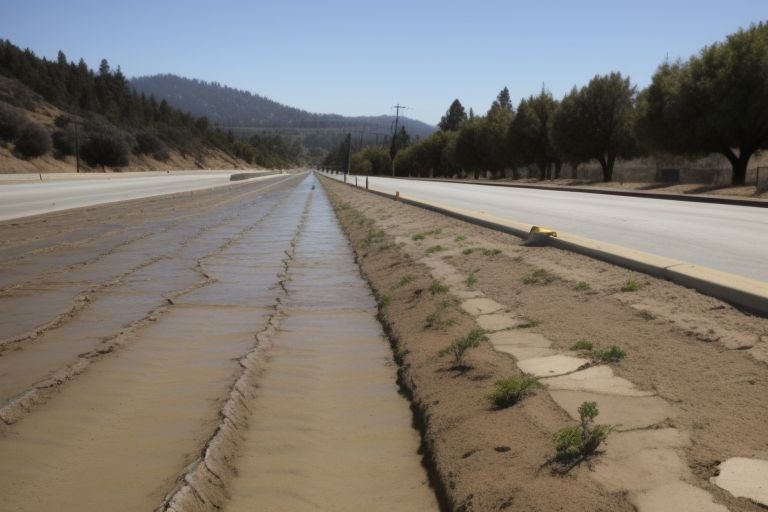
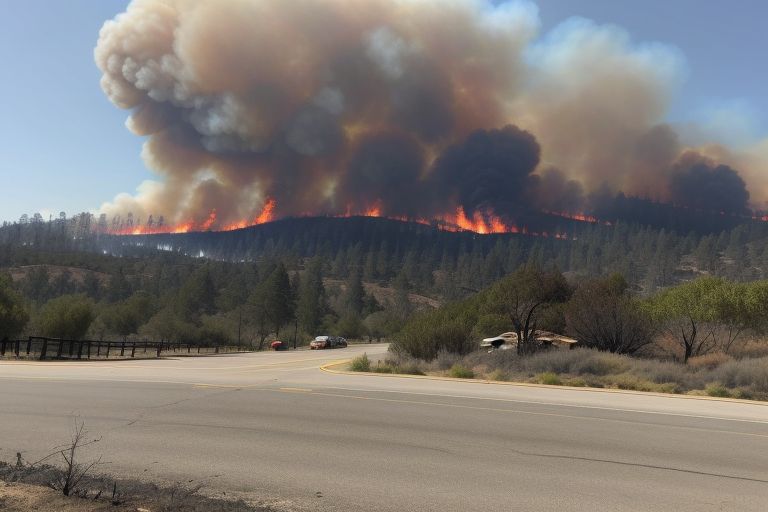
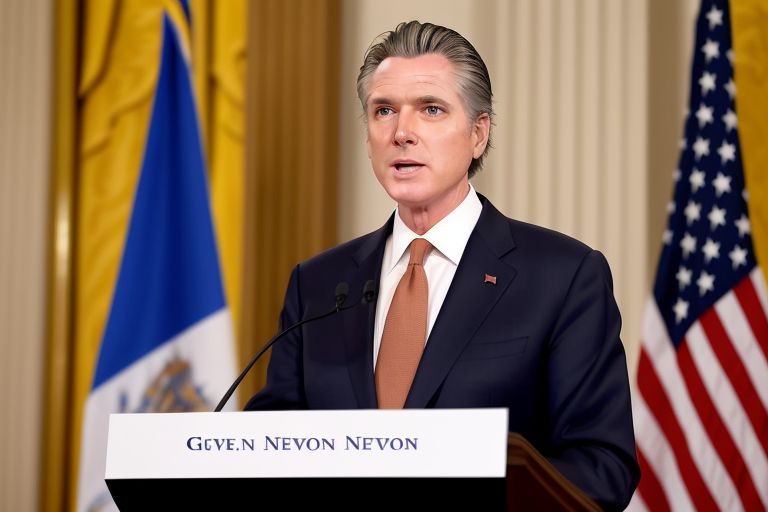

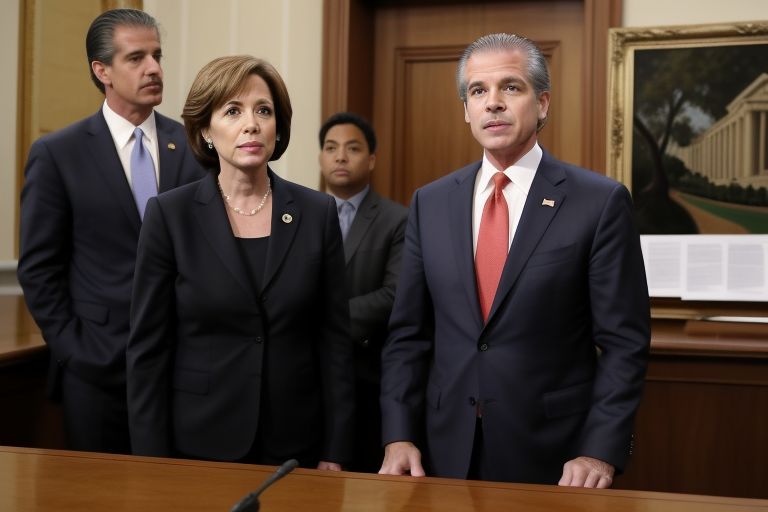
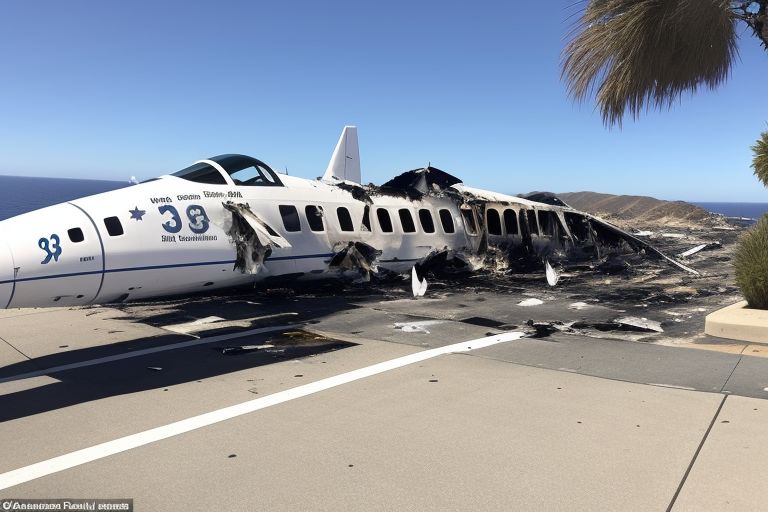
Leave a Reply